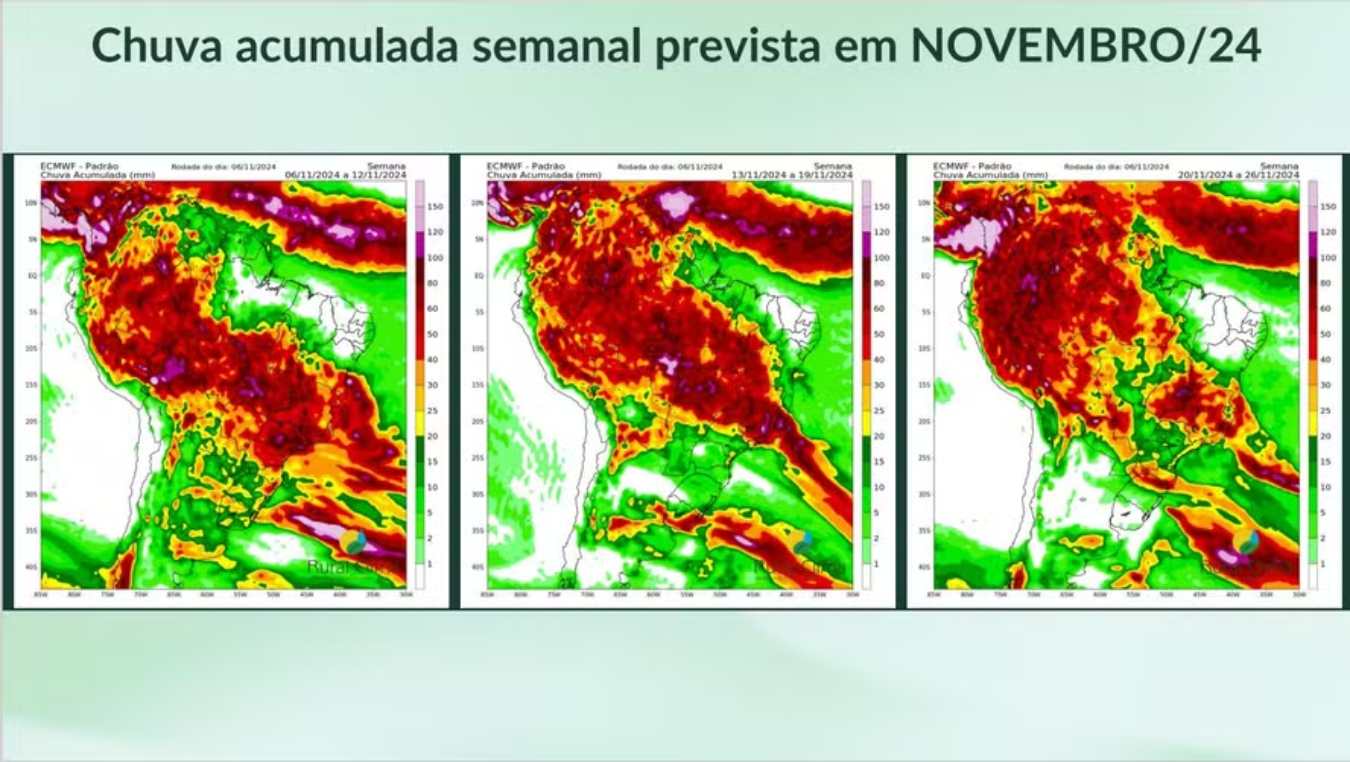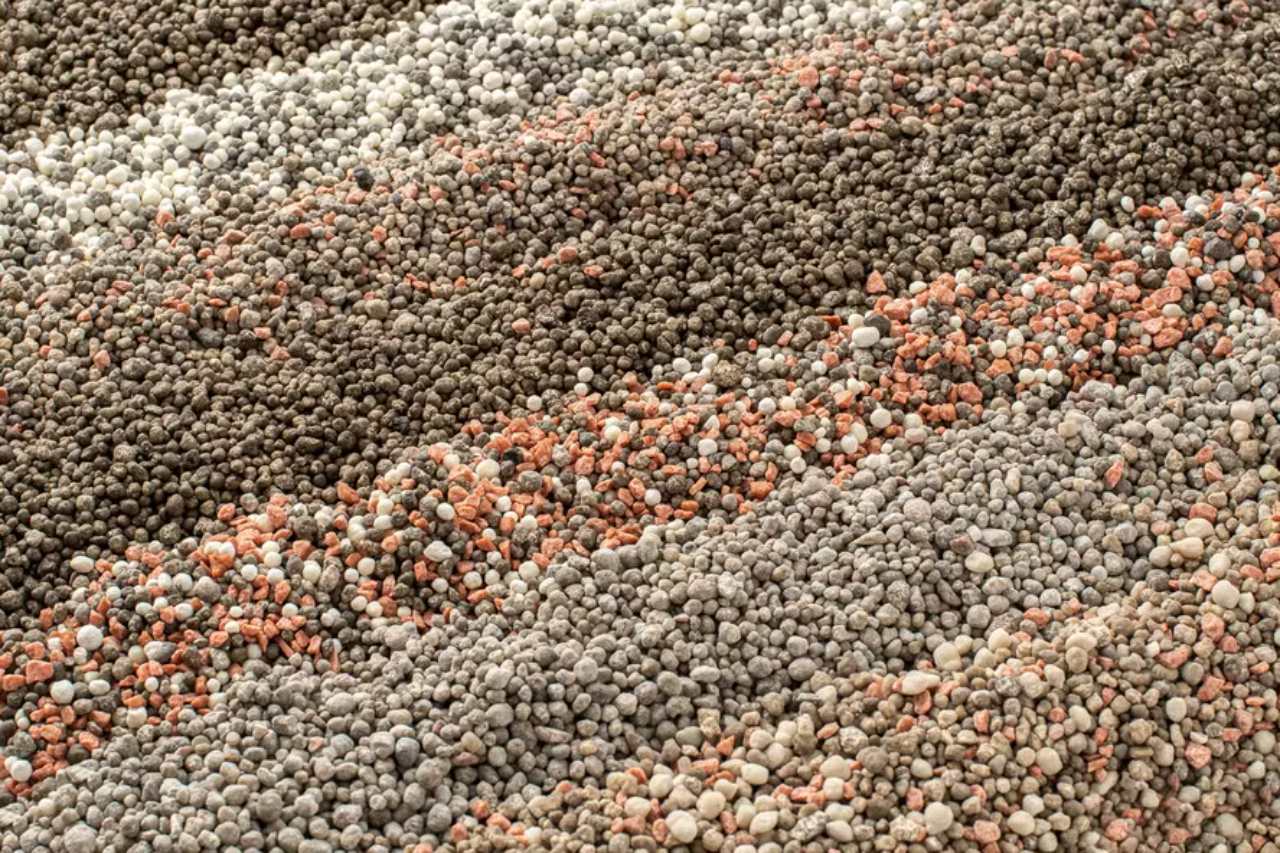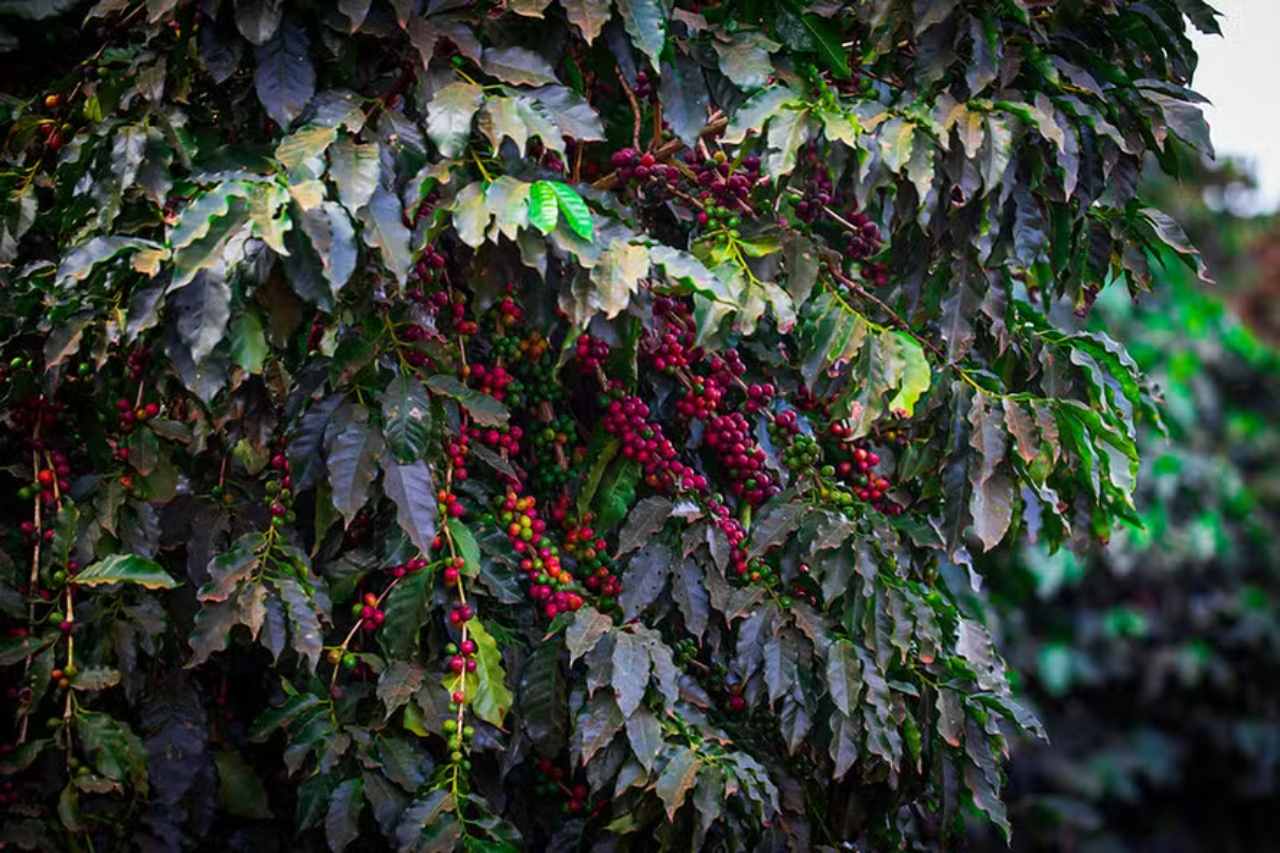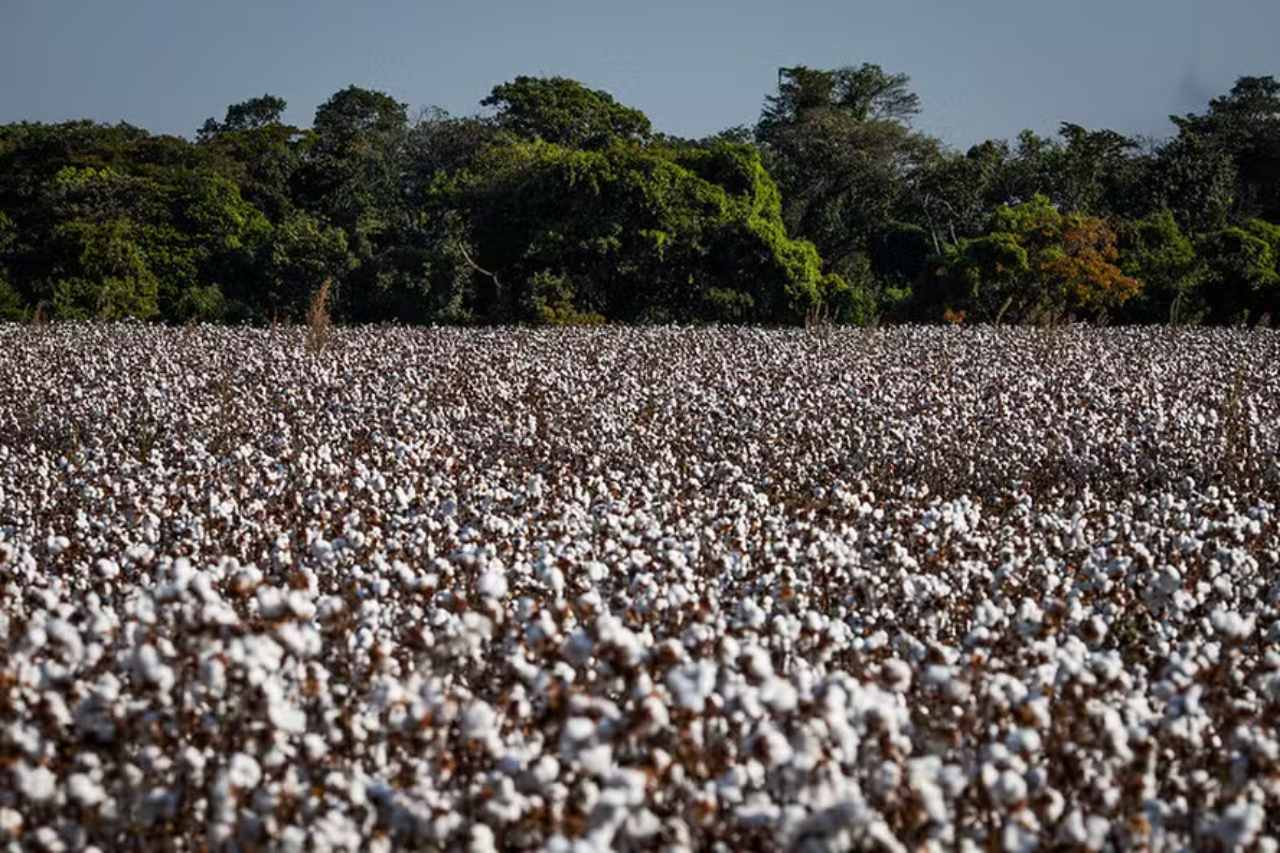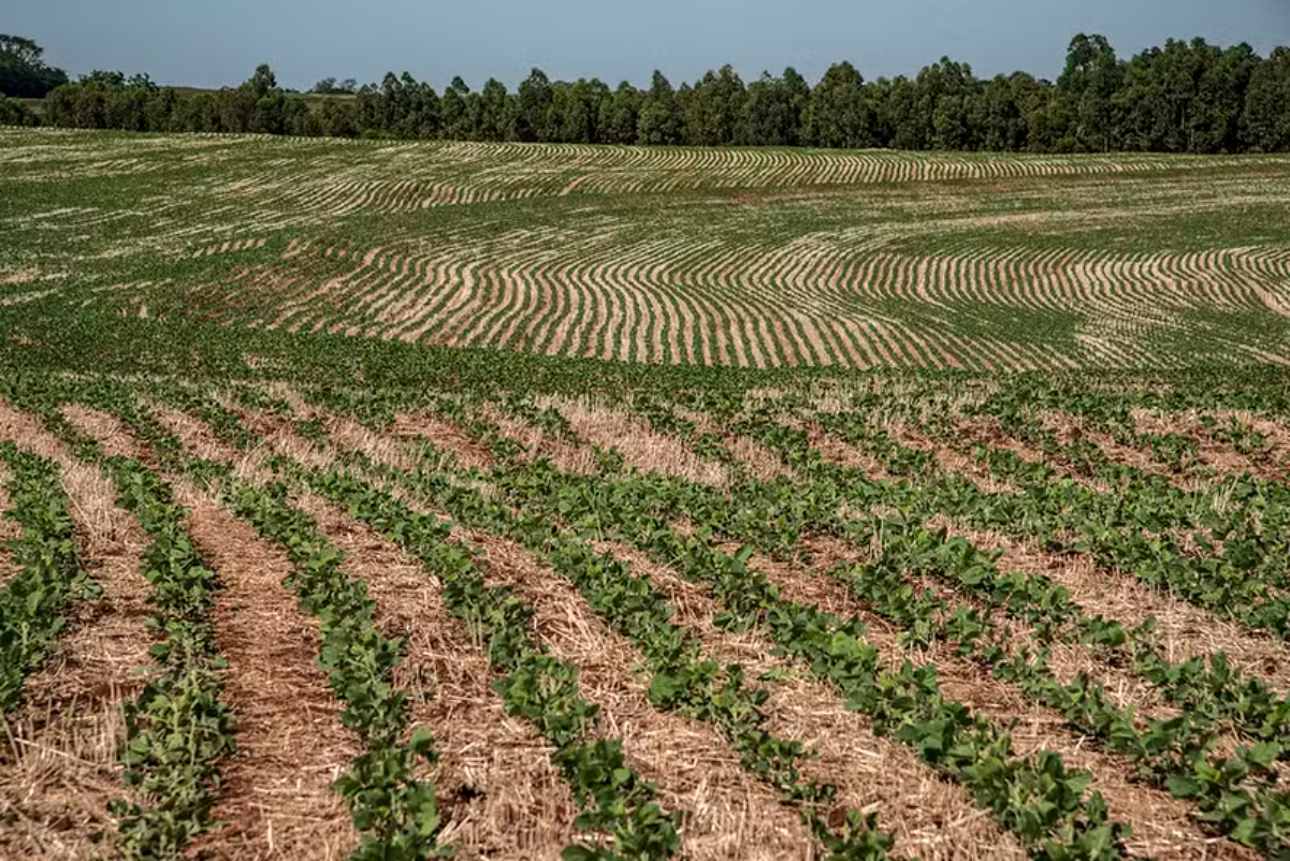A cold front moving across Brazil since the start of the week has triggered heavy rains in the Southeast and Central-West regions, especially affecting São Paulo state. This system signals the onset of a period of intense rains and storms across wide areas of the country, typical for spring.
For the coming days, this trend is expected to continue. The central region will experience the highest levels of instability, with potential thunderstorms forecast for Friday (November 8) and throughout the weekend. Rural Clima reports that areas along the São Paulo-Minas Gerais border will be most impacted by rain.
According to the National Supply Company (Conab), these rains may cause temporary disruptions to fieldwork. However, the resulting soil moisture will be favorable for the planting and growth of first-crop crops, as well as for coffee and sugarcane plantations.
Meanwhile, Goiás, Mato Grosso, Mato Grosso do Sul, Rondônia, Acre, and southern Pará will experience more scattered showers. “It rains in one area, but not in another,” explains Ludmila Camparoto, an agrometeorologist with Rural Clima. She adds that at least three more days of scattered showers are expected.
Despite the irregularity, these rains are beneficial in raising soil moisture levels in the Central-West. Overall, conditions remain favorable for planting and development of first-crop fields, as indicated by Conab.
By Sunday (November 10), the cold front is expected to reach northern Brazil, intensifying rainfall across all previously mentioned regions, along with western and southern Bahia, north-central Mato Grosso, and northern Espírito Santo.
This system will also advance into the Matopiba region (Maranhão, Tocantins, Piauí, and Bahia). Next week, widespread rains are anticipated across western Bahia, Tocantins, southern Piauí, and southern Maranhão. This two-week period of consistent rains will taper off in the final days of November, as the region is expected to dry out again, according to Ludmila.
However, limited rains in Matopiba so far have kept soil moisture low, slowing down the planting progress for the first crop in parts of this region.
In the South, rain is expected to be well-distributed, alternating with dry periods. Heavier rainfall is likely to be concentrated in northern Paraná. Conab indicates that the lower cumulative rainfall in the South will allow for the continued progress of rice planting in southern Rio Grande do Sul.
Spring Weather
Spring cold fronts are often more intense, driven by the transition between two contrasting seasons: the dry, cool winter and the hot, humid summer. During this time of year, cold air masses from polar regions can still reach Brazil, while spring temperatures start to rise. This climate shift is particularly noticeable in the Central-West, Southeast, and North, which tend to feel the impact of heavy rains, as noted in Climatempo’s report.

